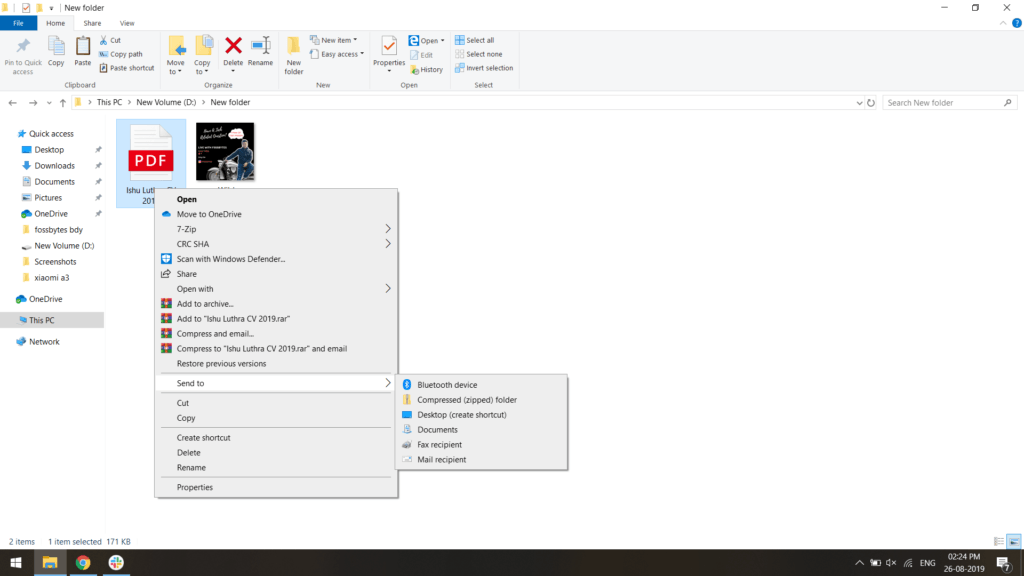

- #What mac program for zip files how to#
- #What mac program for zip files zip file#
- #What mac program for zip files archive#
- #What mac program for zip files download#
Most modern Windows environments already know how to unpack. If you also wish to see a list of the files as they are extracted, instead use the command tar xopft foo.tar Unpacking. tar file, say foo.tar, use the following command: tar xopf foo.tar The newly extracted files will be created in the current directory.

tar filesįirst, ensure that you have a shell running and cd to the same directory as the downloaded file. If you also wish to see a list of the files as they are extracted, instead use the command gunzip -c | tar xopft - Unpacking. tar.gz file, say, use the following command: gunzip -c | tar xopf - The newly extracted files will be created in the current directory. tar.gz filesįirst, ensure that you have a shell running and cd to the same directory as the downloaded file. If you would rather follow the UNIX-style instructions below you can use the Terminal command-line application, which can be found in your Utilities folder. (Note that it may be necessary to unpack some files twice.)
#What mac program for zip files zip file#
zip file automatically when you double-click on its icon. That’s the low down, the more common compression packages available will typically be covered in one of the above.Mac OS X will unpack a. You can also use a number of different formats for creating a. This one is macOSnative only – for a GUI interface use /Applications/Utilities/Disk Utility – for command line use: Second up is TAR, an old favorite on Unix/Linux – you add the GZ for the compression – compresses tighter than zipĪ variation on TAR GZ but with better compression than both tar.gz and zip. ds store files, use the “-X” option in the command so: TAR.GZ – Cross Platform If you want to make a zip without those invisible Mac resource files such as “_MACOSX” or “._Filename” and. ZIP – Cross Platform Split Zip File Mac Terminalįirst up is ZIP one of the most commonly used compression techniques used across all platforms Here are some built-in compression applications you can use including zip, tar, gz, bz2, gz and dmg.

A compressed file which contains files and folders is generally referred to as an archive. If you don't have a Mac made from 2017 onward, stick with H.264.įile and folder compression saves on file size and ensures the contents are captured and delivered or stored as one monolithic file. H.265 or HEVC makes files even smaller - but requires hefty processing power to crunch the necessary numbers. Tried-and-true H.264 converts relatively quickly, and it can squeeze a high-def Blu-ray file onto a DVD's worth of space or less.
#What mac program for zip files archive#
You need to use the tar command as follows (syntax of tar command): tar -zcvf directory-name Where,-z: Compress archive using gzip program in Linux or Unix-c: Create archive on Linux-v: Verbose i.e display progress while creating archive-f: Archive File name. How to compress a whole directory in Linux or Unix. The default command line application interface in macOS is the Terminal and is stored in /Applications/Utilities.

Since macOS is based on Unix there are a number of ways to compress files and folders within the filing system using Unix based application code, below are a few options using the Terminal or command line interface (cli). Just provide a list of files or directories instead of a. While tar is frequently used to compress a single directory, you could also use it to compress multiple directories, multiple individual files, or both. RELATED: How to Manage Files from the Linux Terminal: 11 Commands You Need to Know. Compress Multiple Directories or Files at Once. This command will list all the content of the archive file. To list all the files and folders of the archive files, use the following command in the terminal. List files and folders of the Tar.gz file. As soon as you run this command, this command will look at all the files having.txt file type, then extract them only. First, place all of the files that you want to compress into a single folder, and then rename that folder to the name that you want your ZIP file to have.
#What mac program for zip files download#
To create a password-protected Zip file in OS X, you can use the Terminal and you don’t need to download any other programs. Create a password-protected ZIP file in OS X.


 0 kommentar(er)
0 kommentar(er)
